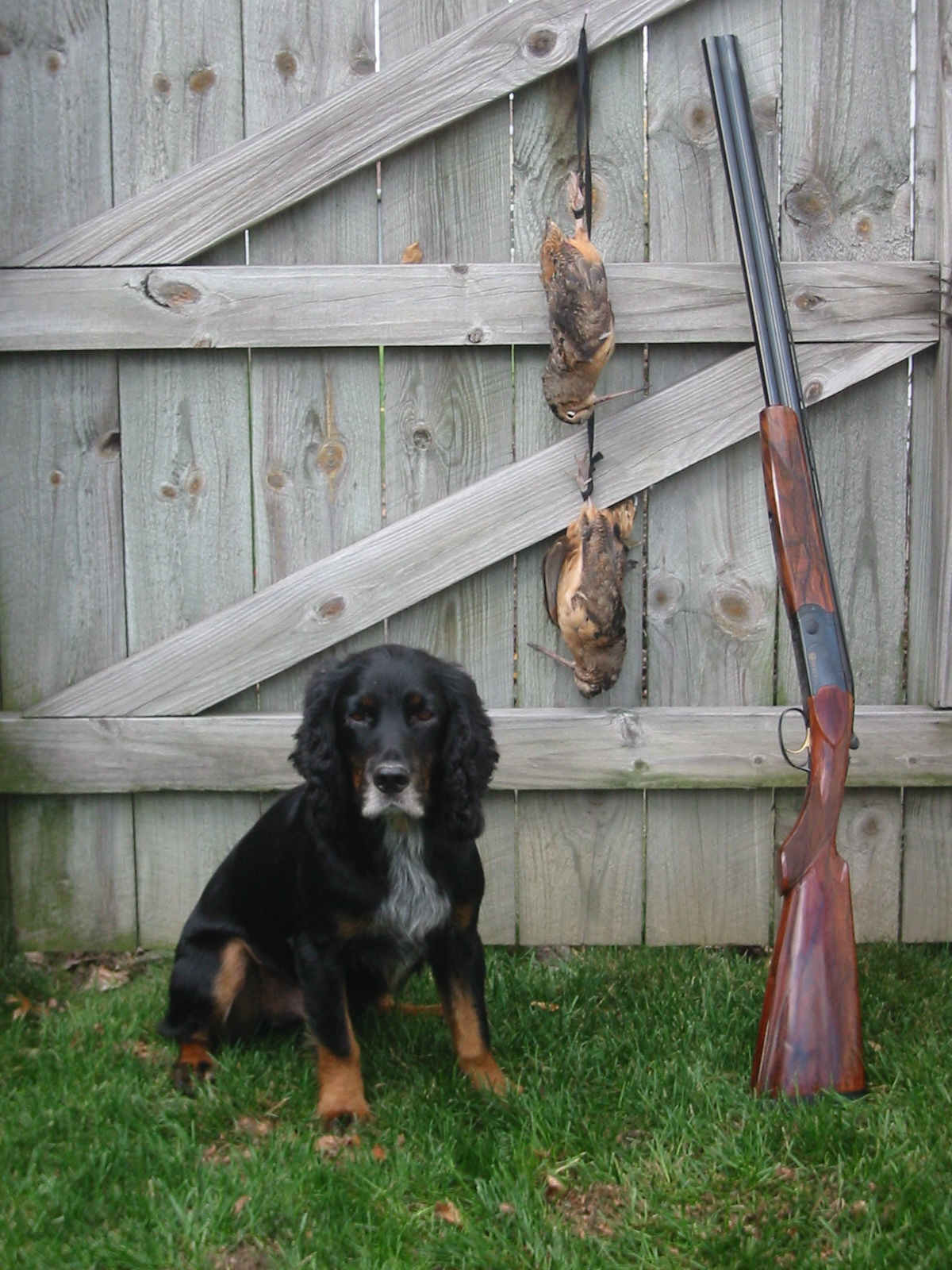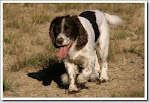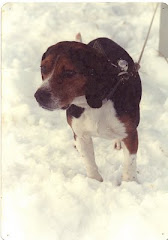So there you have it. I now have my perfect 3-gun battery. It's swell to know I'll never even want another gun. No, really. Trust me.Reports of my fidelity were greatly exaggerated.
It turns out I was closer to the truth when I wrote in August, 2008:
My “big gun” now is a 6 lb. 0 oz. 24” 3-shot 12 gauge Benelli Ultra Light auto built around the Montefeltro action. Somehow the Benelli engineers have kept its felt recoil to a minimum. Further, the gun seems to point exactly where I look, swings incredibly well, and goes bang every time. It has arguably become the most effective gun I’ve ever owned.I should have read my own writing. I never considered that I might not shoot the M2 as effectively as I did the Ultra Light. I doubt that my problem was solely the M2's light weight; Benelli lists my old 24" 12 gauge BUL at 6.0 pounds and the 26" 20 gauge M2 at 5.8 pounds. But an unaccustomed number of birds gliding safely over the hedgerow, for whatever reasons, confirmed that I wasn’t swinging the 20 gauge M2 very well.
I use this gun for all birds shot while training dogs; for pheasants and ducks; and, with small steel shot, for an occasional snipe. As much as I cherish my 20 gauge O/U, this sweet-shooting auto would probably be the last gun to go if the big bad wolf were ever to blow down my financial house.
So I recently traded it and returned to the 12 gauge Benelli Ultra Light. This time the gun sports a 26” barrel which will serve it well in its mission of shooting larger birds – ducks and pheasants – out to middlin’ distances. With its protective WeatherCoat finish, the BUL will also serve as my rainy day gun for grouse and woodcock.
I like to use low brass shells to toss light loads at about 1200 fps. When possible and justified, I keep the shells color-coded, too. For chasing woodcock and grouse with the BUL, I’ll load it with Winchester AA Xtra-Lite Target Shells in #8 lead (AAL128). I have a long and successful history killing pheasants with Remington’s ShurShot Heavy Dove load of 9/8 ounce of #6 lead (R12HD6). Even so, I’m going to try a box of Fiocchi’s Light Field Upland load of 17/16 ounce of #6 lead (12FLDL). I don’t shoot ducks very often, so I expect I'll just mooch non toxic shot from my genial duck hunting buddy and b-i-l Dean A.
I'm really happy to be reunited with Benelli's 12 gauge Ultra Light. This one won't get away so easily. That said, there’s another shoe yet to drop in this gun trading business. But whether my perfect 3-gun battery will shrink to 2 or expand to 4 is a story for another day.








